What is EVM?
Electronic Voting Machine (EVM) is a device used to conduct electronic voting in elections. This is a special electronic device designed to record votes accurately and securely. EVMs are used to replace traditional paper ballot systems in many countries around the world. The Election Commission of India developed EVMs in 1989 in collaboration with Bharat Electronics Limited (BEL) and Electronics Corporation of India Limited (ECIL). 1999 saw the use of EVMs for the first time in the Goa state assembly elections.
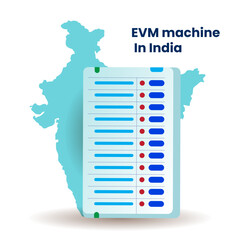
The EVM is operated through a series of buttons or symbols representing different candidates or political parties. Voters press a button or symbol according to their preferred choice, and the vote is recorded electronically. EVMs have built-in security features to prevent tampering and ensure accuracy of the voting process.
EVMs offer several advantages over traditional paper ballot systems. They can provide faster results, reduce human errors in counting votes and eliminate problems such as invalid or improperly marked ballots. EVMs also have the potential to reduce the cost of conducting elections and reduce the logistical challenges associated with transportation and storage of ballot papers.
However, the adoption of EVMs has also raised concerns about their security and possibilities of hacking or manipulation. Election authorities and manufacturers of EVMs have implemented various security measures such as encryption and tamper-proof seals to address these concerns and ensure the integrity of the voting process.
EVM design :
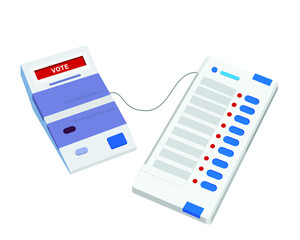
This machine has also been designed to overcome the electricity problem prevalent in the country. To ensure uninterrupted polling, the machines run on 6V alkaline batteries manufactured by Bharat Electronics Limited, Bangalore and Electronics Corporation of India Limited, Hyderabad. This enables the machines to run independently without power supply and also eliminates the possibility of electric shock.
Working process of Electronic Voting Machine (EVM) :
The working process of Electronic Voting Machine (EVM) can be summarized as follows:
Initialization: Before the voting process begins, EVMs are initialized by the election authorities. This includes clearing any existing data and ensuring that the EVM is ready for voting.
Voter Authentication: When a voter arrives at the polling station, his identity is verified by election officials. Once verified, the voter is allowed to proceed towards the EVM.
Voting: The voter enters the polling station and selects his candidate by pressing the corresponding button next to the name and symbol of the candidate on the EVM.
Recording the vote: After the voter makes his selection, the EVM records the vote electronically. Each vote is stored securely in the memory of the EVM.
End of voting: At the end of the voting period, the EVM is sealed, and no further votes can be cast.
Counting of votes: After the voting period is over, the EVM is opened, and the votes are counted. The EVM displays the total number of votes cast for each candidate.
Declaration of Result: On the basis of counting of votes the election officials declare the results of the election.
It is important to note that EVMs are designed with multiple security features to ensure the integrity of the voting process, such as encryption, tamper detection and in some cases paper audit trail.
Advantages of Electronic Voting Machine (EVM) :
Accuracy: EVMs are designed to record votes accurately. They eliminate errors caused by manual counting and interpretation of paper ballots, reducing the possibility of mistakes in the process of tallying votes.
Speed: EVMs can speed up the voting process and provide faster results than manual counting. Electronic recording and tabulation of votes is generally faster, allowing for more efficient elections.
Reduction in illegal votes: EVMs can help in reducing the number of illegal votes. They have built-in features that guide voters and prevent them from casting multiple or illegal votes, such as overvoting or undervoting.
Cost-effectiveness: In the long run, EVMs may be more cost-effective for conducting elections. While the initial investment in purchasing and maintaining EVMs can be significant, the reduction in printing, transportation and storage costs associated with paper ballots can lead to savings over time.
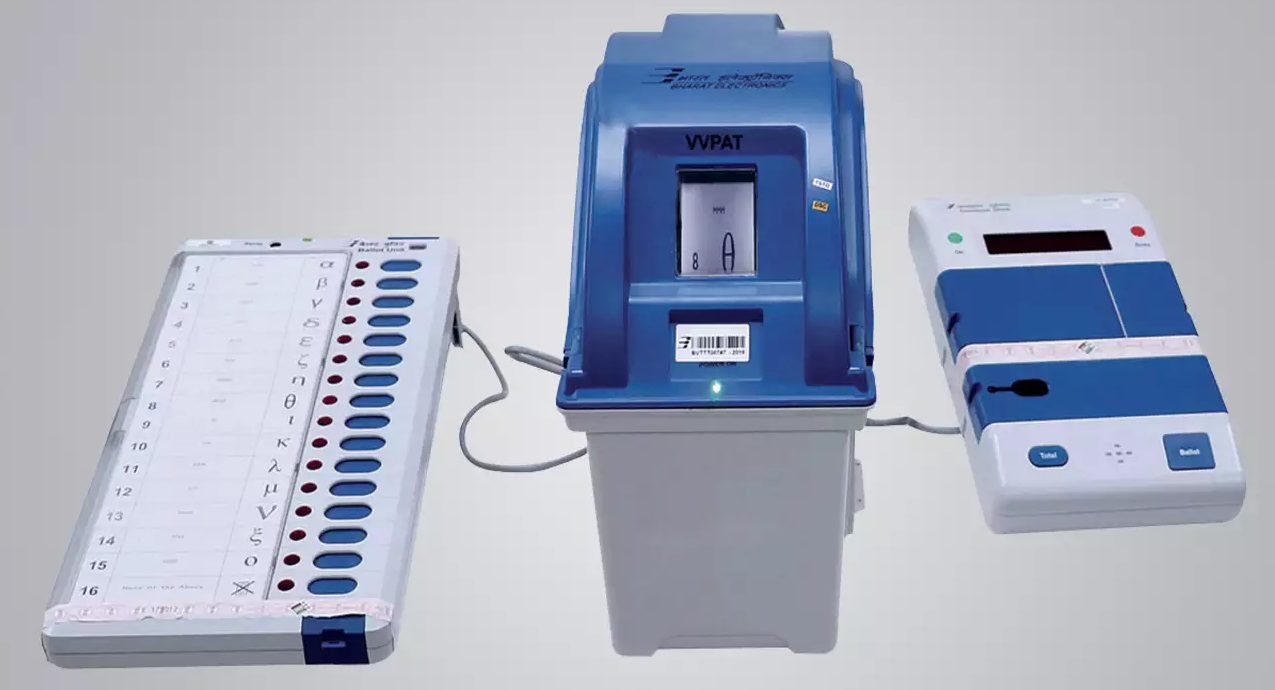
Resource Optimization: EVMs reduce the need for manual labor in the counting process. This allows election officials to optimize their resources, such as human resources, time, and physical space, as the electronic recording and tabulation process requires less staff and storage space.
Transparency: EVMs provide transparency in the voting process. They usually have a display screen that shows the selected candidate or party before the vote is cast, allowing voters to verify their choice. This increases voters' confidence in the accuracy of their vote.
Accessibility: EVMs can be designed to accommodate various accessibility needs, such as providing audio support for visually impaired voters or tangible interfaces for those with limited skills. This helps ensure that the voting process is inclusive and accessible to a wide range of voters.
Environmental Impact: EVMs have a positive environmental impact compared to paper ballots. They reduce paper and ink consumption, thereby reducing deforestation and waste production associated with printing millions of ballots.
Disadvantages of Electronic Voting Machines (EVM) :
• Names of candidates in EVM will be in the language of the state only. If a voter is not familiar with that language, he or she will have to remember the election symbol of the candidate of his or her choice.
• EVMs can record only up to 3840 votes. However, this is a limitation that does not generally hinder the voting process, as there are not that many voters for each polling station.
• Only 64 candidates will be able to sit in EVM. It does this by combining 4 ballot units. If the number of candidates increases, people will have to adopt manual voting method.
Limitations of The EVM :
Technical Complexity: EVMs are sophisticated electronic devices that require technical expertise to operate and maintain. The complexity of the technology used in EVMs can create challenges for election officials, especially in areas with limited technical infrastructure or resources.
Sensitivity to Malfunctions: Like any electronic device, EVMs are sensitive to technical malfunctions, hardware malfunctions or software errors. These issues could potentially impact the accuracy and reliability of the voting process, raising concerns about the integrity of elections.
Security Concerns: EVMs face security risks, including the possibility of hacking, tampering or unauthorized access. Security measures such as encryption and tamper-evident seals are implemented to mitigate these risks, but it is important to ensure strong security measures are in place to maintain the integrity of the electoral process.
Lack of voter confidence: Some individuals may have doubts or lack confidence in the accuracy and security of EVMs. The absence of solid data or physical evidence of votes may contribute to concerns about transparency and the ability to independently verify election results.
Limited auditability: EVMs often lack comprehensive mechanisms for independent auditing and verification of election results. This may hinder the ability to conduct thorough analysis and investigation in case of post-election controversies or allegations of fraud.
Cost and maintenance: While EVMs can potentially save costs in the long run, their initial acquisition and maintenance expenses can be significant. This can create financial challenges for countries with limited resources or frequent elections.
Software Security and Transparency: EVMs depend on software to function, and the security and transparency of this software is important to ensure the integrity of the voting process. However, proprietary software and limited access to source code can hinder independent verification and investigation, raising concerns about potential vulnerabilities or biases.
How to Use an Electronic Voting Machine (EVM) :
To use an Electronic Voting Machine (EVM) in India, follow these steps:
Step 1: Make sure that you are a registered voter and your name is in the voter list of your respective constituency. You must have a valid voter ID card or another acceptable form of identification.
Step 2: On Election Day, report to your designated polling station during scheduled polling hours. Details of your polling station will be informed to you in advance through public announcements or voter information cards.
Step 3: On arrival, join the queue and wait for your turn. Voting officials will verify your identity by checking your voter ID card or another acceptable identification document. Once verified, you will proceed to the polling area.
Step 4: Inside the polling station, you will find the Electronic Voting Machine (EVM) kept on a table. There will be a polling officer there who will guide you through the process if needed.
Step 5: Go to the EVM and provide your identification to the polling officer. The polling officer will authenticate your identity and then activate the EVM for your vote.
Step 6: Check the candidate's name and election symbol on the control unit of the EVM. Press the button next to the candidate of your choice. An indicator light or beep will confirm your selection. Make sure you make your choice correctly as once your vote has been recorded there is no option to change it.
Step 7: After selecting your candidate, the EVM will display a paper slip for a few seconds known as VVPAT (Voter Verified Paper Audit Trail). Verify that the VVPAT slip shows the candidate you wish to vote for. This allows you to physically confirm that your vote has been recorded as you preferred.
Step 8: Once you have verified the VVPAT slip, it will be automatically printed and placed in a sealed box attached to the EVM. It provides a physical record of your vote while maintaining the confidentiality of the ballot. Now your vote has been cast.
Step 9: Leave the polling station and polling station premises.
Security Of EVM :
 To cast your vote, you must present your voter ID card and your name must appear in the voter list. After this the officer in charge will press a button through which you will be able to vote. You can then enter the polling station and cast your vote. Once you press the button to vote, your vote is recorded. No matter how many times the button is pressed, the second vote will not be recorded. The machine will remain locked until the officer in charge sends the next voter and enables him to vote. This ensures that one person equals one vote.
To cast your vote, you must present your voter ID card and your name must appear in the voter list. After this the officer in charge will press a button through which you will be able to vote. You can then enter the polling station and cast your vote. Once you press the button to vote, your vote is recorded. No matter how many times the button is pressed, the second vote will not be recorded. The machine will remain locked until the officer in charge sends the next voter and enables him to vote. This ensures that one person equals one vote.- Once the last voter has cast his vote, the officer in charge will press a button labeled "Close". After this the EVM will not accept any vote. The ballot unit will be separated from the control unit and both the units will be kept separately.
- After the close of poll, the Presiding Officer shall give account of votes recorded to each polling agent. After counting of votes, the accounts of registered voters will be matched with the counted votes. Any discrepancies can be pointed out by the counting agents. After counting, the Result button can be pressed to display the result.
- A safeguard has also been provided to prevent pressing of the result button before the counting of votes begins. The button cannot be pressed until the "Off" button is pressed. The button is also sealed and hidden inside. This can be obtained only in the presence of the officer designated for this purpose at the counting centre. With these measures and features, EVMs can be sealed and votes can be counted even weeks or months after they have been collected.
- EVMs also include security like CCTV coverage, storage in strong rooms, transportation under armed guard and 24/7 armed police guards.

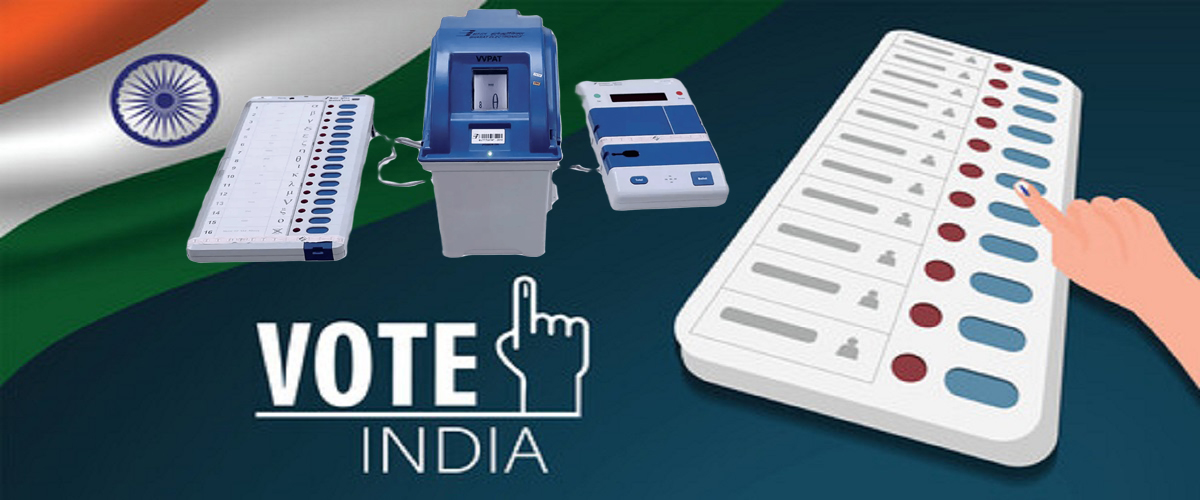


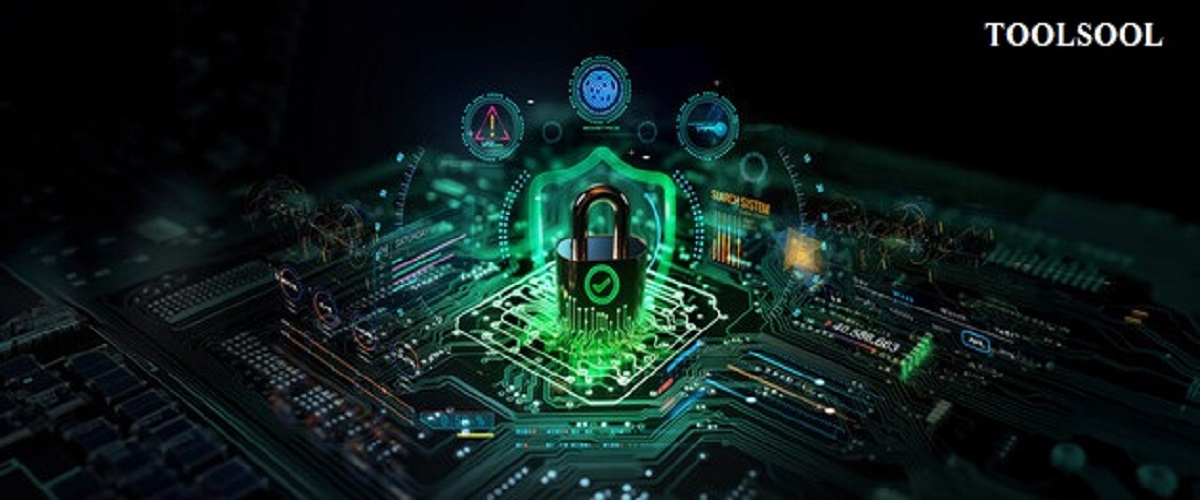



0 Comments